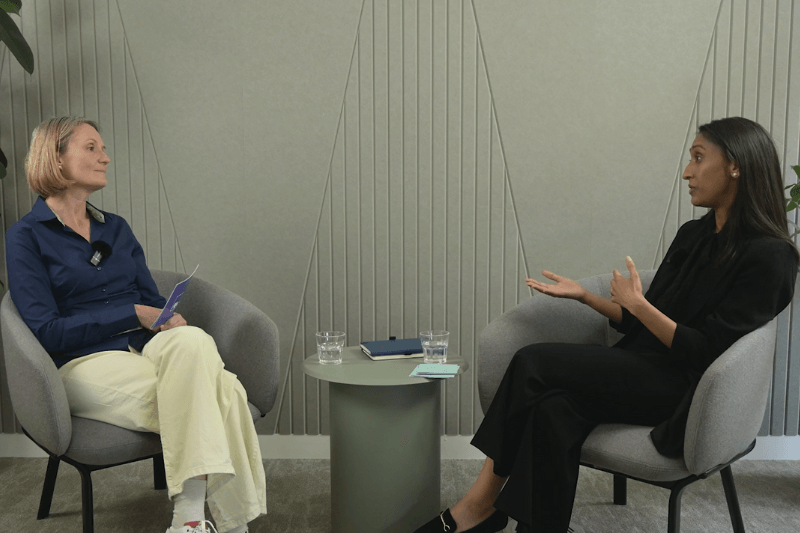Commonly known as a smear test, cervical screening is the name for the test offered to women and people with a cervix to detect changes in cervical cells that could potentially lead on to cancer.
There are many unhelpful misconceptions when it comes to this topic which prevent women from realising the importance of the test and cause missed appointments. According to Cancer Research UK, there are around 3,200 new cases every year, yet 99.8% of cervical cancer deaths could be prevented.1
We’re taking a look at the top 5 myths, so when it comes to your next appointment, you’re fully informed and able to make an informed decision.
>Read more on why cervical screenings are so important
Top 5 myths on cervical screening
Myth: it will be too painful
While some people may experience mild discomfort, it shouldn’t be a painful experience. If, however, there is some discomfort then tell the nurse and they will try to make you feel more comfortable or try using a smaller speculum, for example.
They’ll also keep you informed throughout and tell you what they are doing to help ease your mind. Remember you can stop the procedure at any time and try again, but the whole procedure is normally done in about 30 seconds.
Myth: the test is for cancer
This isn’t true. The test is actually to help prevent cancer. During the screening a small sample of cells will be taken from your cervix and tested for the human papillomavirus (HPV) which can cause changes to the cells of your cervix.
These are called "high risk" types of HPV.
If these types of HPV are not found – you do not need any further tests at this time.
If these types of HPV are found – the sample is then checked for any changes in the cells of your cervix.
These can then be treated before they possibly transform to become cervical cancer.2
Myth: a cervical screening will detect other cancers too
This is another misconception. Jo’s Cervical Cancer Trust highlights: “1 in 5 people mistakenly believe cervical screening can detect ovarian cancer.”3
Cervical screening does not detect or diagnose any other conditions or cancers.
Myth: I’ve had the HPV vaccine, I don’t need a test
Although a study in 2021 showed that the HPV vaccine programme for teenage girls and boys is very effective, it’s still essential to go for your screening.4
Even if you’ve had the HPV vaccine it doesn’t protect against all types of HPV. So, the general rule is that everyone – women or transgender men – with a cervix, aged 25 to 64, are at risk of cervical cancer and should go for cervical screening when they’re invited.
Myth: I’m not sexually active, so it’s doesn’t apply to me
This is another common misconception that you have to engage in sexual intercourse being the sole cause of cervical cancer. This isn’t true.
If you are sexually active, previously been sexually active or only had sex with a woman you still need to be tested. HPV can be passed through any skin-to-skin contact, anal/oral/vaginal sex and sharing adult toys.
With lots of myths going around it’s easy to see why someone is put off attending their screening. However, a general rule is that everyone – women or transgender men – with a cervix, aged 25 to 64, are at risk of cervical cancer and should go for their free cervical screening when they’re invited by the NHS.
References
- Cervical cancer statistics – Cancer Research UK
- Cervical screening – NHS factsheet
- Myths and facts about cervical screening – Jo’s Cervical Cancer Trust
- Myths and facts about cervical screening – Patient














